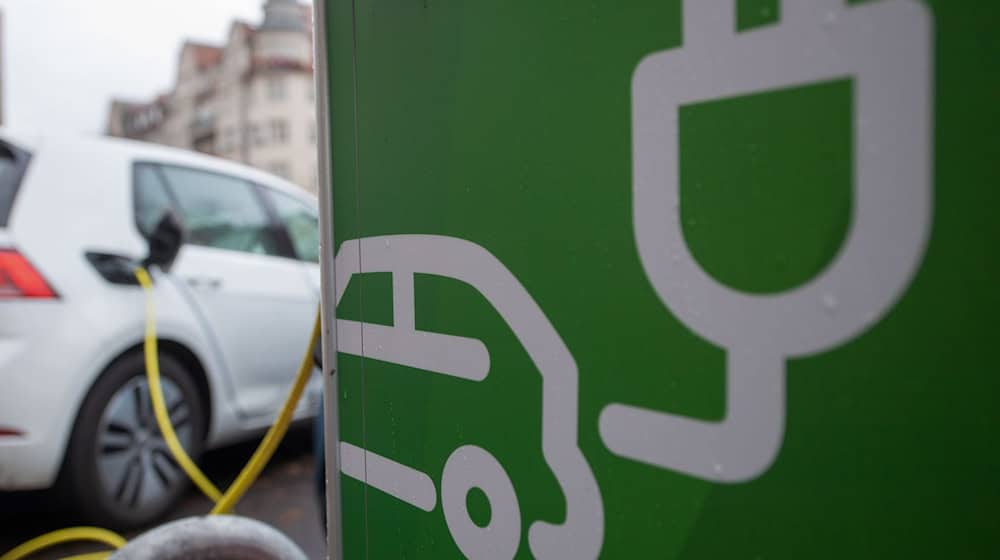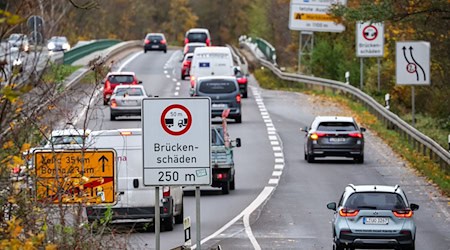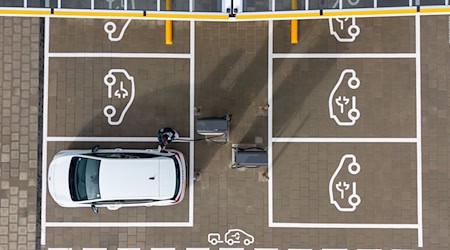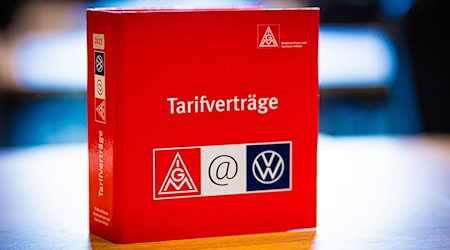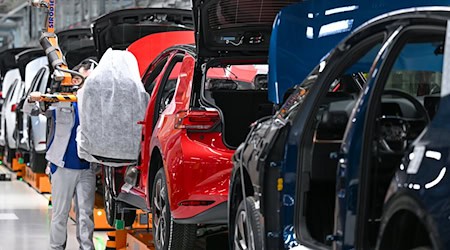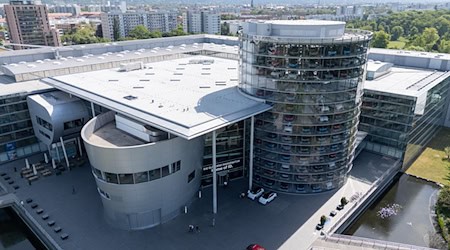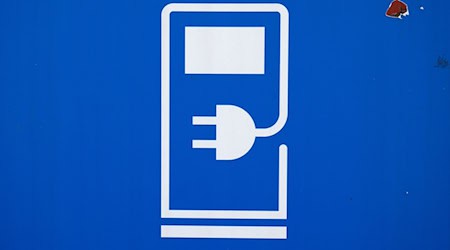The demand for electric cars in Saxony is picking up again significantly after a weak phase last year. From January to July 2025, 6,677 battery-powered electric vehicles (BEV) were newly registered in the state. This is 2,500 more than in the same period in 2024, according to the Federal Motor Transport Authority. In July alone, 895 new electric cars were added.
This marks a trend reversal: in 2024, new registrations had fallen sharply following the abrupt end of state subsidies. At that time, only 7,801 new e-cars were recorded in the statistics, significantly fewer than in previous years.
Manufacturers see tailwind
The major car manufacturers in Bavaria are now talking about a positive development. Porsche reported a "successful ramp-up" at its Leipzig site. In the first half of 2025, almost 60 percent of Macan models delivered were fully electric. BMW pointed out that the proportion of electric vehicles in Leipzig production is now more than a third. However, a comparison with the previous year is difficult, as production of the all-electric Mini Countryman did not start until March 2024. Volkswagen has also stated that it expects production figures to be slightly higher than in 2024.
Experts praise progress, but warn of a need to catch up
"We have always said that the future belongs to e-mobility," said Jens Katzek, Managing Director of the Automotive Cluster East Germany (ACOD). Eastern German locations and suppliers have undergone a "remarkably rapid transformation". The technology has improved and the charging infrastructure has also developed further. ADAC Saxony sees increased ranges as the main reason for the renewed growth in interest in e-cars. However, significantly greater ranges, shorter charging times, a denser network of charging stations and lower prices are still needed.
Overall car density remains high
While the proportion of electric cars is increasing, the overall number of cars remains at a high level. As of January 1, 2025, there were 542 cars per 1,000 inhabitants in Saxony, according to the State Statistical Office. Although this put the Free State around eight percent below the national average (590), the density increased slightly compared to the previous year.
There are clear differences between urban and rural areas. The Erzgebirgskreis had the highest figure with 638 cars per 1,000 inhabitants, followed by the Vogtlandkreis and the district of Bautzen. Car density was significantly lower in the independent cities of Chemnitz and Dresden. The lowest figure was recorded in Leipzig with 384 cars per 1,000 inhabitants - also the second-lowest figure in Germany.
Despite slight decreases in Leipzig and Dresden, car density rose in several districts, including the Erzgebirgskreis and the district of Nordsachsen (both up 1.3 percent). Overall, this shows that There are still a lot of cars on Saxony's roads - and they are increasingly powered by electricity.
Copyright 2025, dpa (www.dpa.de). All rights reserved

